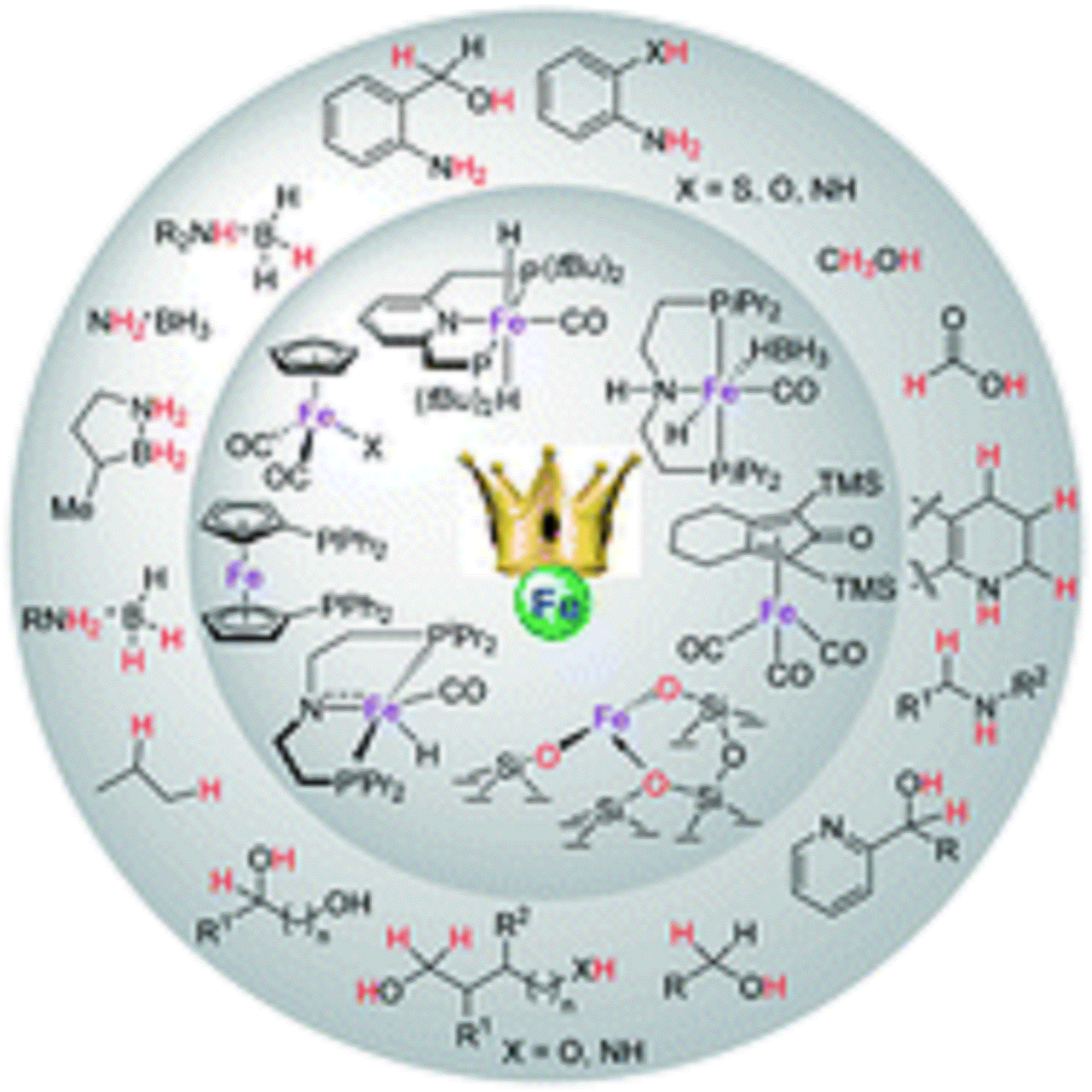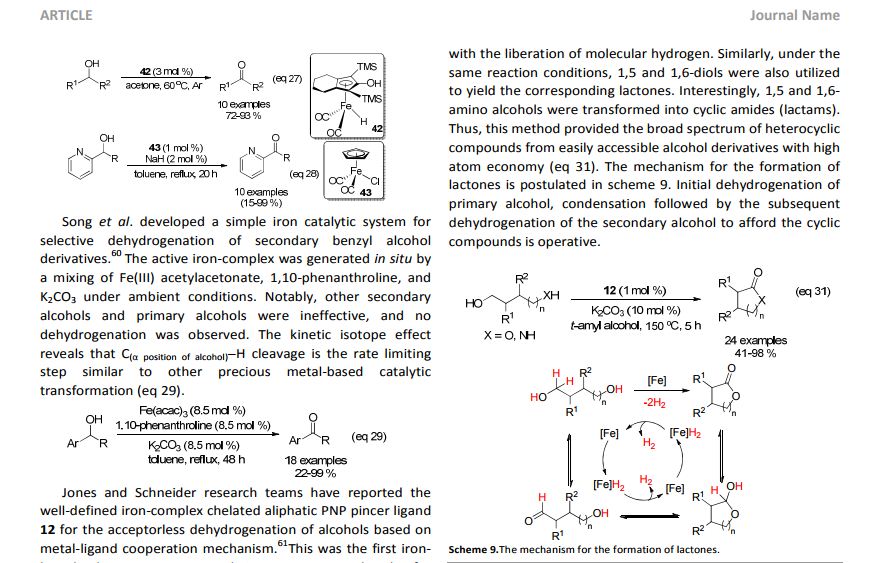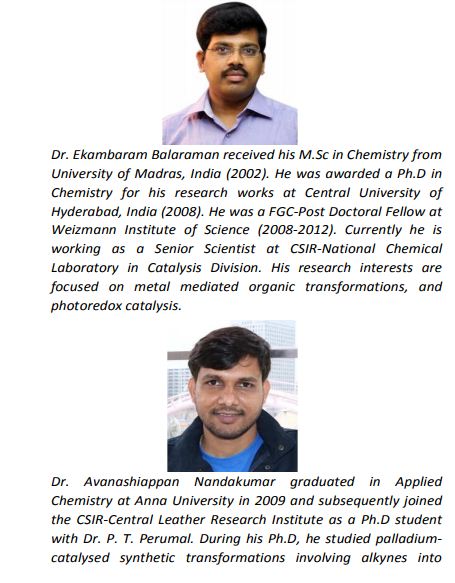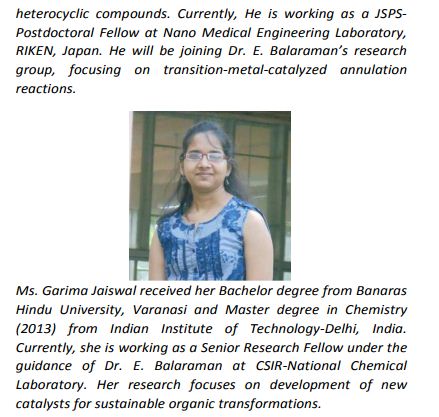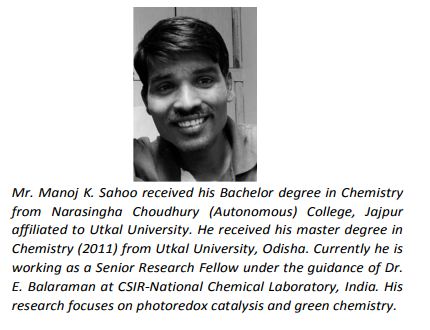
A convenient transformation of phenols into the corresponding aryl fluorosulfates is presented: the first protocol to completely circumvent direct handling of gaseous sulfuryl fluoride (SO2F2). The proposed method employs 1,1′-sulfonyldiimidazole as a precursor to generate near-stoichiometric amounts of SO2F2 gas using a two-chamber reactor. With NMR studies, it was shown that this ex situ gas evolution is extremely rapid, and a variety of phenols and hydroxylated heteroarenes were fluorosulfated in good to excellent yields.
Ex Situ Generation of Sulfuryl Fluoride for the Synthesis of Aryl Fluorosulfates
Molecular Design and Synthesis, Department of Chemistry, KU Leuven, Celestijnenlaan 200F, Box 2404, 3001 Leuven, Belgium
Org. Lett., Article ASAP
DOI: 10.1021/acs.orglett.7b02522
*E-mail: wim.deborggraeve@kuleuven.be.
4-fluoro-[1,1'-biphenyl]-4-yl sulfurofluoridate (compound 1)
General procedure A was followed using 192 mg of 4-fluoro-4’-hydroxybiphenyl (98 wt%, 1.0 mmol,
1.0 eq.). The crude reaction mixture was purified by solid-phase flash column chromatography on
silicagel (heptane, 100%). The title compound was obtained as a white solid (258 mg, 96%).
Rf = 0.39 (heptane/ethyl acetate, 9/1). Melting point = 47 – 49 °C.
1
H NMR (400 MHz, CDCl3): 7.62 (d,
J = 8.5 Hz, 1H), 7.52 (dd, J = 8.1, 5.5 Hz, 1H), 7.41 (d, J = 8.5 Hz, 1H), 7.16 (t, J = 8.5 Hz, 1H).
13C NMR
(101 MHz, CDCl3): δ 163.05 (d, J = 247.9 Hz), 149.51, 141.17, 135.55 (d, J = 3.3 Hz), 129.06, 128.98,
121.42, 116.13 (d, J = 21.6 Hz).
19F NMR (376 MHz, CDCl3): δ 37.18, -114.68 (m).
IR (neat) cm-1
: 1437,
1232, 921, 815.
CHN: calculated for C12H8F2O3S: C 53.33%, H 2.98%, N 0.00%; found: C 53.43%, H 3.26%,
N 0.00%.









